PVC framing
hairmetal4ever
9 years ago
Related Stories
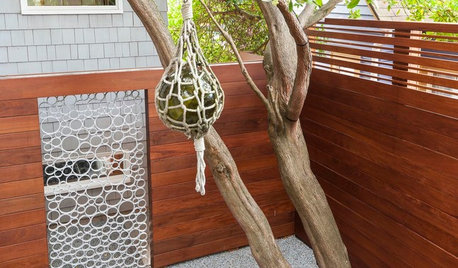
FENCES AND GATESA Designer Uses PVC Pipe to Cast a Modern Garden Gate
Landscape designer Scot Eckley walks us through the process of creating a custom aluminum ring gate
Full Story
WINTER GARDENINGExtend Your Growing Season With a Cold Frame in the Garden
If the sun's shining, it might be time to sow seeds under glass to transplant or harvest
Full Story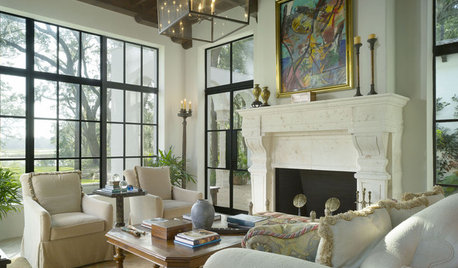
WINDOWSFrame the View with Divided-Light Windows
Multi-pane windows add architectural interest to rooms of any style
Full Story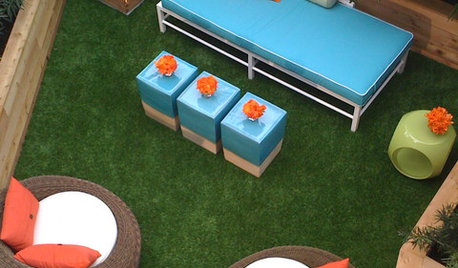
GARDENING AND LANDSCAPINGHow to Keep Your Outdoor Furniture Looking New
Give cushions and wicker, teak or metal frames a little regular TLC to help them last
Full Story
MOST POPULARHow to Start a Cool-Season Vegetable Garden
Late summer and late winter are good times to plan and plant cool-season crops like salad greens, spinach, beets, carrots and peas
Full Story
LIGHTINGHouse Hunting? Look Carefully at the Light
Consider windows, skylights and the sun in any potential home, lest you end up facing down the dark
Full Story
FARM YOUR YARDCool-Season Vegetables: How to Grow Lettuce
Leaf, butterhead, crisphead or romaine — lettuce is best harvested in the cool weather of spring and fall
Full Story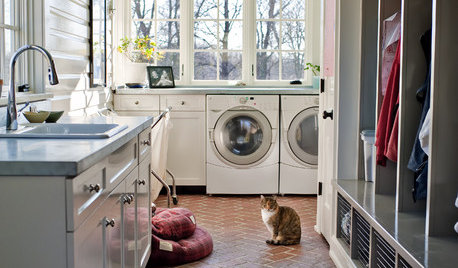
HOUSEKEEPINGAnother Independence Day: When Kids Can Do Their Laundry
Set yourself free and give your child a valuable life skill at the same time
Full Story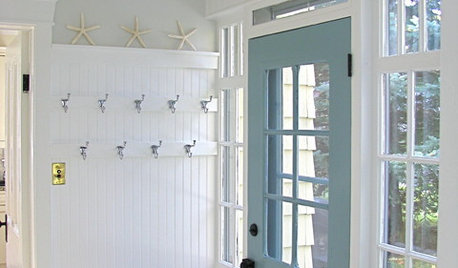

FENCES AND GATESHow to Install a Wood Fence
Gain privacy and separate areas with one of the most economical fencing choices: stained, painted or untreated wood
Full StoryMore Discussions



barrie2m_(6a, central PA)
CanadianLori
Related Professionals
Birmingham Landscape Architects & Landscape Designers · Foothill Ranch Landscape Architects & Landscape Designers · New Mexico Landscape Architects & Landscape Designers · Rancho Cordova Landscape Architects & Landscape Designers · Wheeling Landscape Architects & Landscape Designers · Williamsburg Landscape Contractors · Bedford Heights Landscape Contractors · Bedford Landscape Contractors · Golden Gate Landscape Contractors · Mount Sinai Landscape Contractors · Newnan Landscape Contractors · Rio Linda Landscape Contractors · Yuba City Landscape Contractors · Chicago Ridge Landscape Contractors · Goldenrod Landscape ContractorsCanadianLori
CanadianLori
cole_robbie
szut (Zone 6 - MA)